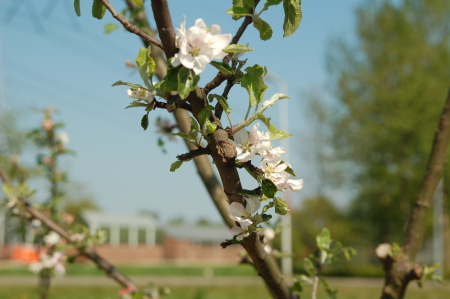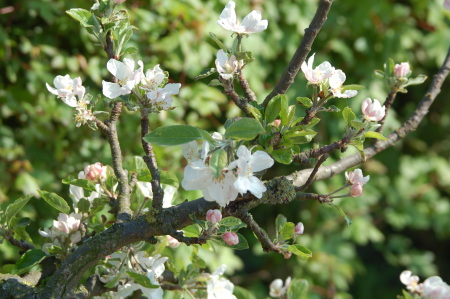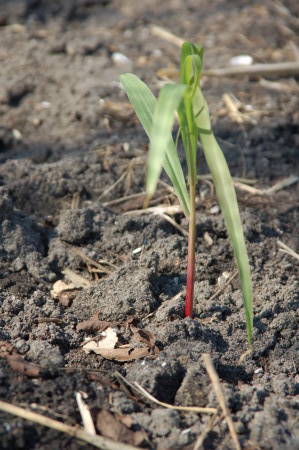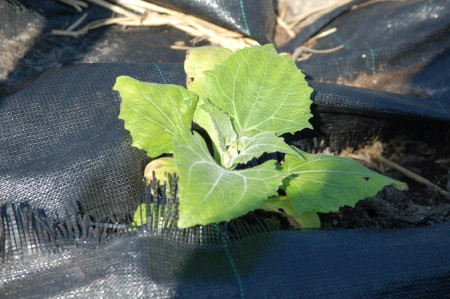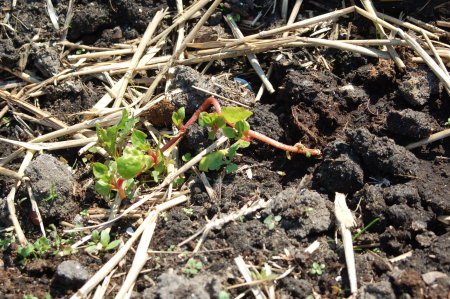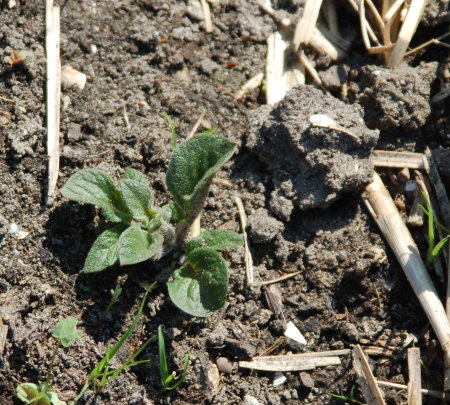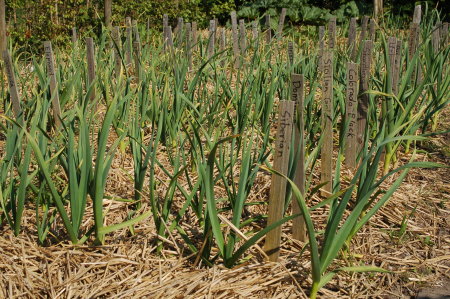Here are a few important recent developments concerning GM plants.
Monsanto vs Schmeiser: Percy Schmeiser is a Canadian farmer who first had his canola (called rape in Europe) fields contaminated with Monsanto’s Round-Up ready genes, and if that wasn’t bad enough, Monsanto not only refused to pay the costs of cleaning it up but demanded Schmeister pay fees for the privilege of growing plants containing their genes.
In a victory lacking much in the way of compensation for Schmeister, Monsanto settled out of court giving up on their demand Schmeister pay for using the genes, and agreeing to pay the clean up costs for Schmeister’s crops. The settlement clears the way for Schmeister and others to claim compensation for future contamination. Canadians, and indeed people all over the world, owe Schmeister thanks for establishing the right of farmers to stand up to companies like Monsanto.
This case went all the way to the Canadian supreme court, and cost Schmeister a huge amount in legal fees that were never recovered.
Genetically Engineered Sugar Beets: Starting this spring GM sugar beets will be grown in the US. This is a development potentially more important for Europe than the US, because sugar in the US is primarily from cane and in Europe sugar beets. Since sugar beets are highly out-breeding plants, there is the potential for widespread contamination to take place without being noticed right away. It’s unlikely Europe’s sugar supply will remain totally free of GM contamination.
Grab for Climate Ready Genes: Thanks to Ottawa Gardener who pointed this out to me. Seed company giants like Monsanto and Syngenta have been making a run on patents for so called ‘climate ready’ genes. These are genes intended to withstand environmental stresses such as drought, heat, cold, floods, saline soils, and more. As global warming becomes a more important issue, we know who we will be buying our seeds from!


